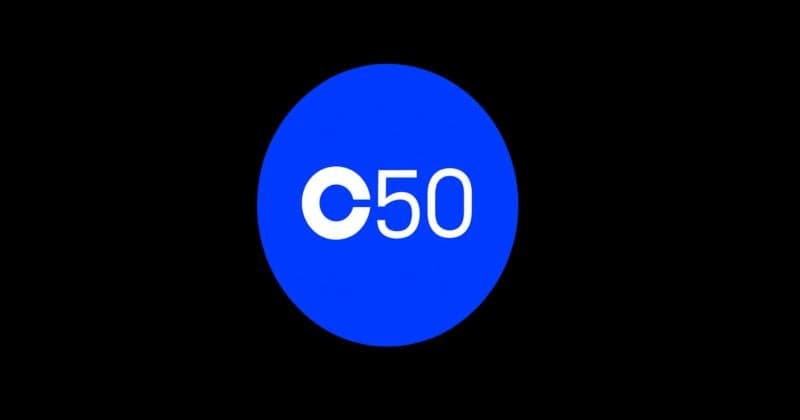About Hedera (HBAR)
Hedera (HBAR) employs a distinctive Directed Acyclic Graph (DAG) architecture, enabling high transaction throughput and low latency, ideal for enterprise applications. Its Hashgraph consensus algorithm ensures rapid and secure transaction validation through an efficient communication method,...
Hedera (HBAR) caters to various sectors by harnessing its fast and secure network. A key application is in supply chain management, where businesses track and verify goods' provenance in real-time, boosting transparency and minimising fraud.
HBAR, the native cryptocurrency of the Hedera network, follows a structured tokenomics model with a total supply cap of 50 billion tokens. Its distribution incentivises network participation, allocating tokens for the Hedera Governing Council, ecosystem development, and community initiatives.
Hedera's security framework is robust, leveraging its Hashgraph consensus algorithm based on asynchronous Byzantine Fault Tolerance (aBFT). This allows for quick and secure consensus, even with potential malicious actors.
Hedera has a clear development roadmap outlining strategic goals and milestones. Significant achievements include the launch of its mainnet in September 2019, the introduction of smart contract services in 2020, and the Hedera Token Service (HTS) in 2021, allowing native token creation and...
How to Safeguard Your Hedera (HBAR) Holdings
To enhance security for Hedera (HBAR) users in the UK, it is vital to adopt several key practices. Firstly, consider using a hardware wallet, such as Ledger or Trezor, which offers offline storage and protection against online threats.
For private key management, ensure that keys are stored securely and never shared; utilise a password manager to encrypt sensitive information. Be vigilant about common security risks, such as phishing scams and malware, and mitigate these by enabling two-factor authentication (2FA) and regularly...
Multi-signature wallets can provide an additional layer of security by requiring multiple approvals for transactions, thereby reducing the risk of unauthorised access. Finally, implement a robust backup strategy by securely storing seed phrases and wallet backups in multiple physical locations,...
Understanding How Hedera (HBAR) Functions
Hedera operates on a distinctive blockchain architecture known as a Directed Acyclic Graph (DAG), facilitating high transaction throughput and low latency. Its consensus mechanism, Hashgraph, employs a gossip protocol alongside virtual voting, eliminating the need for energy-intensive mining and...
The transaction validation process involves nodes exchanging information about transactions in a peer-to-peer network, enabling efficient consensus on transaction order. To bolster network security, Hedera uses a permissioned model where only verified nodes partake in the consensus, minimising the...


